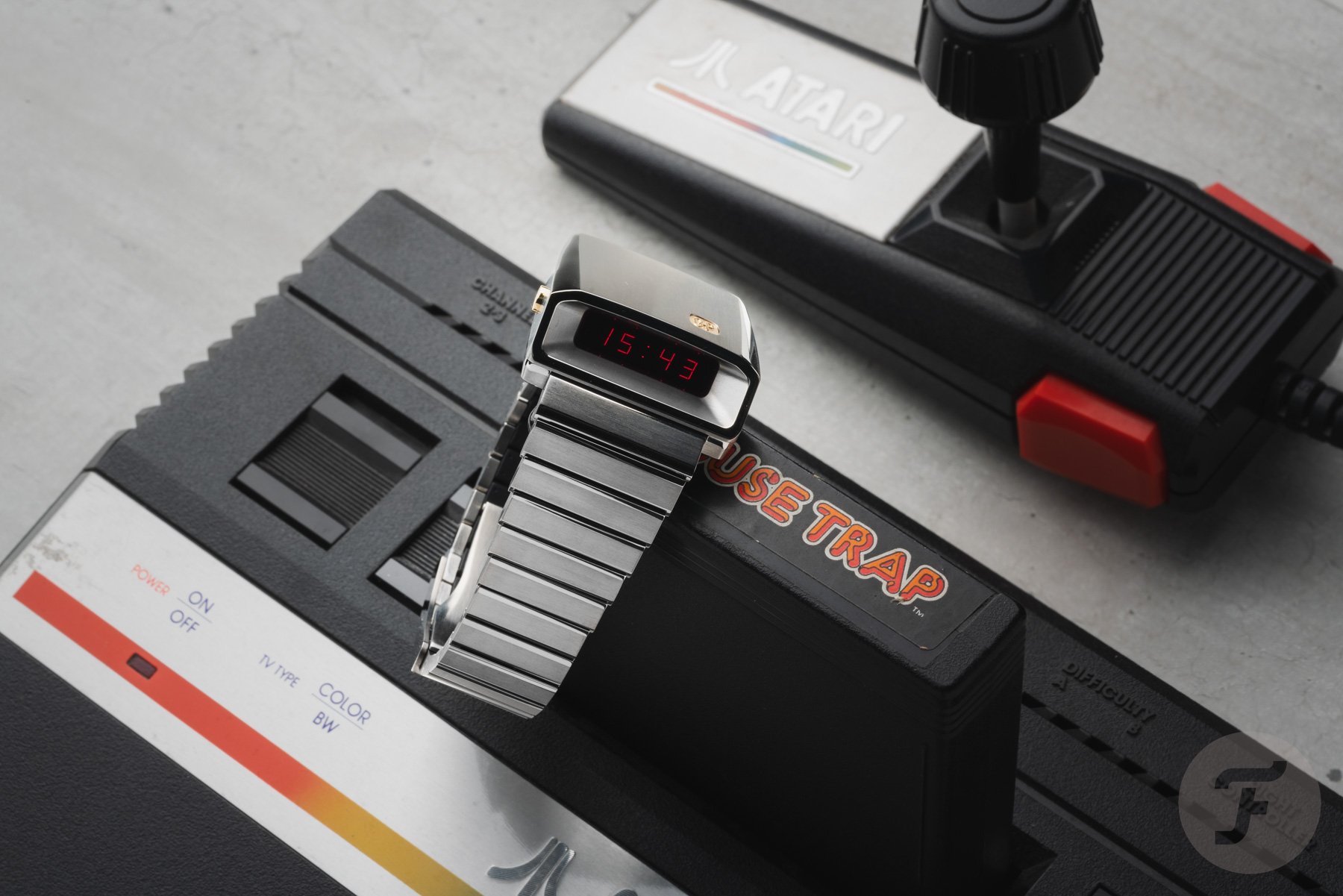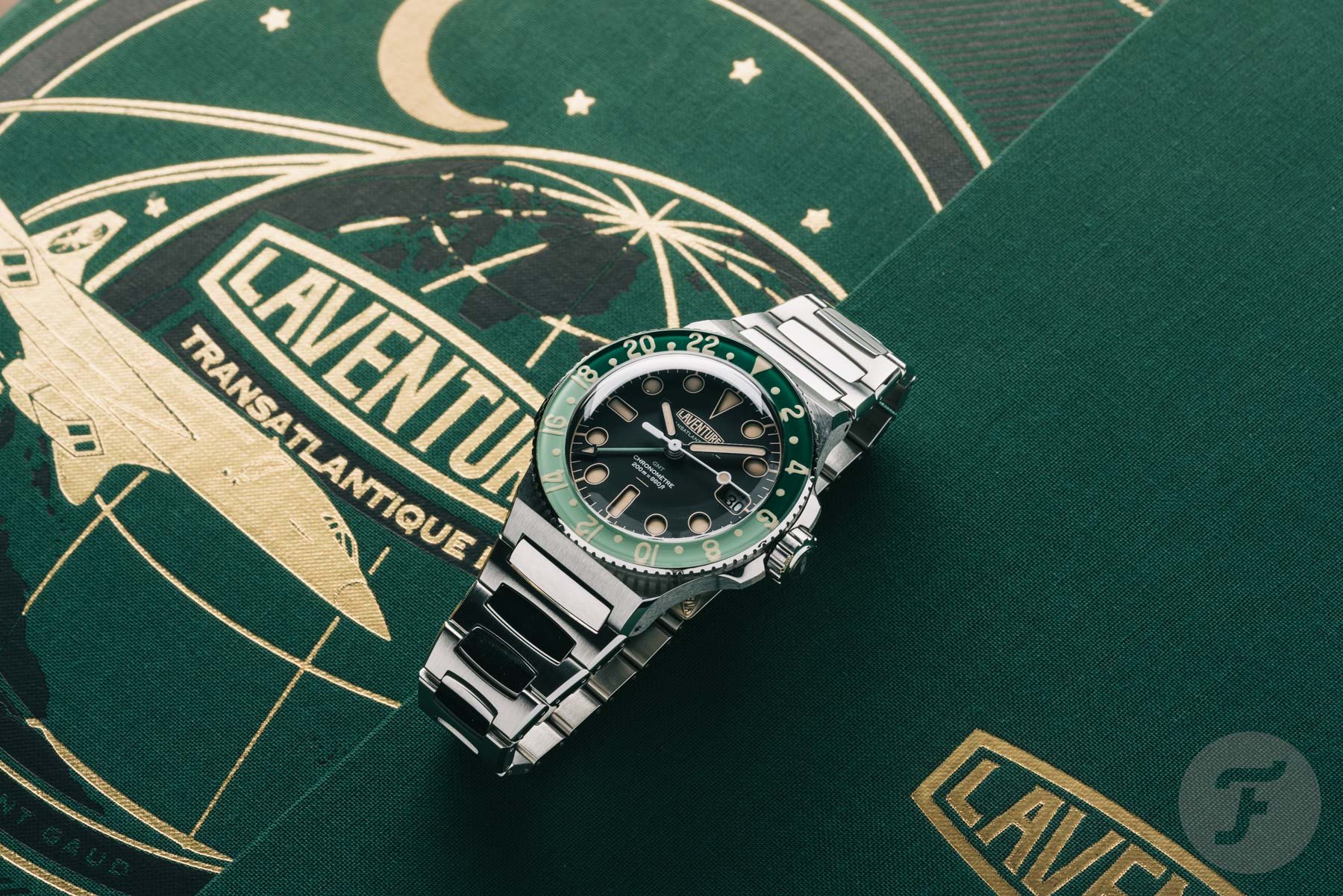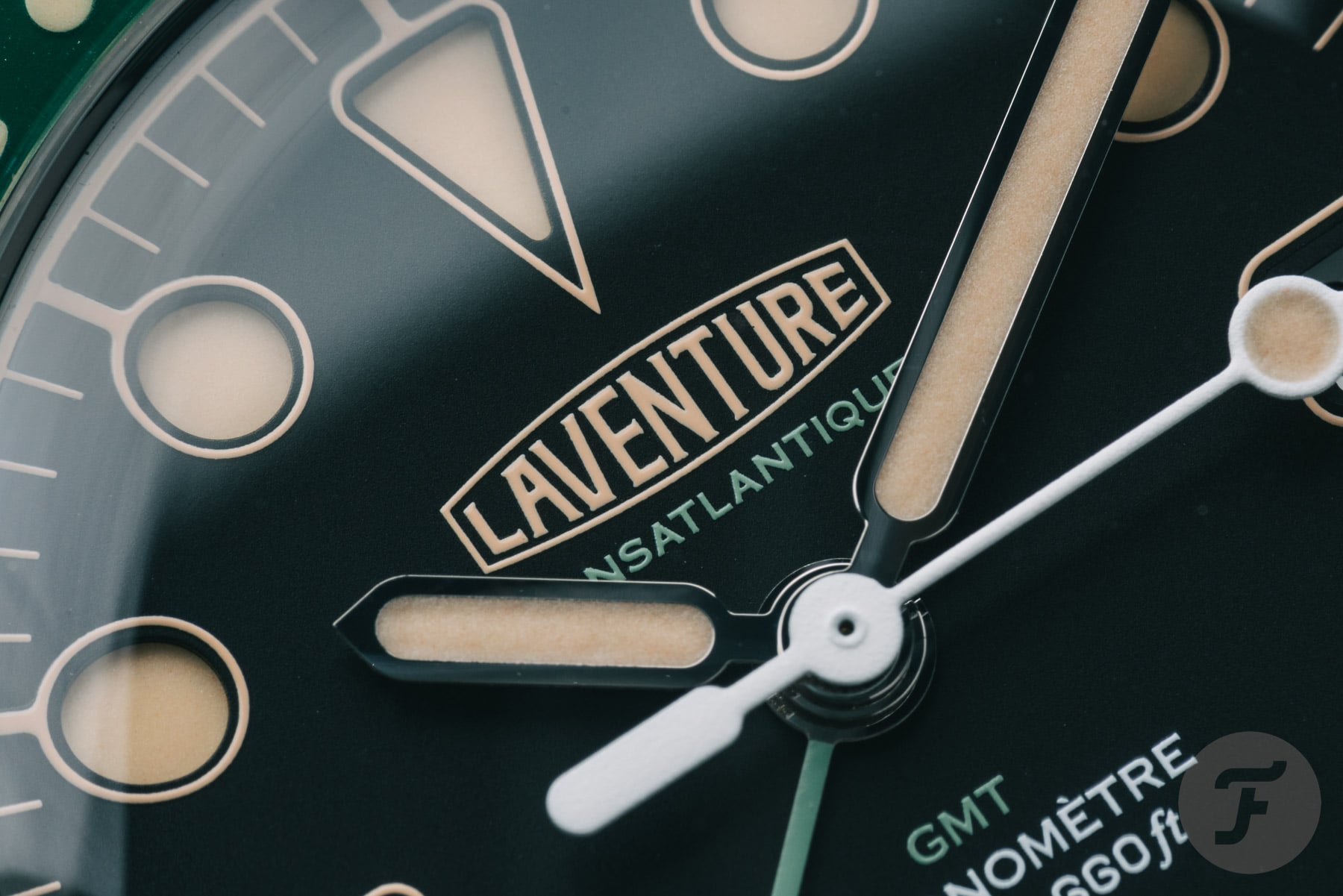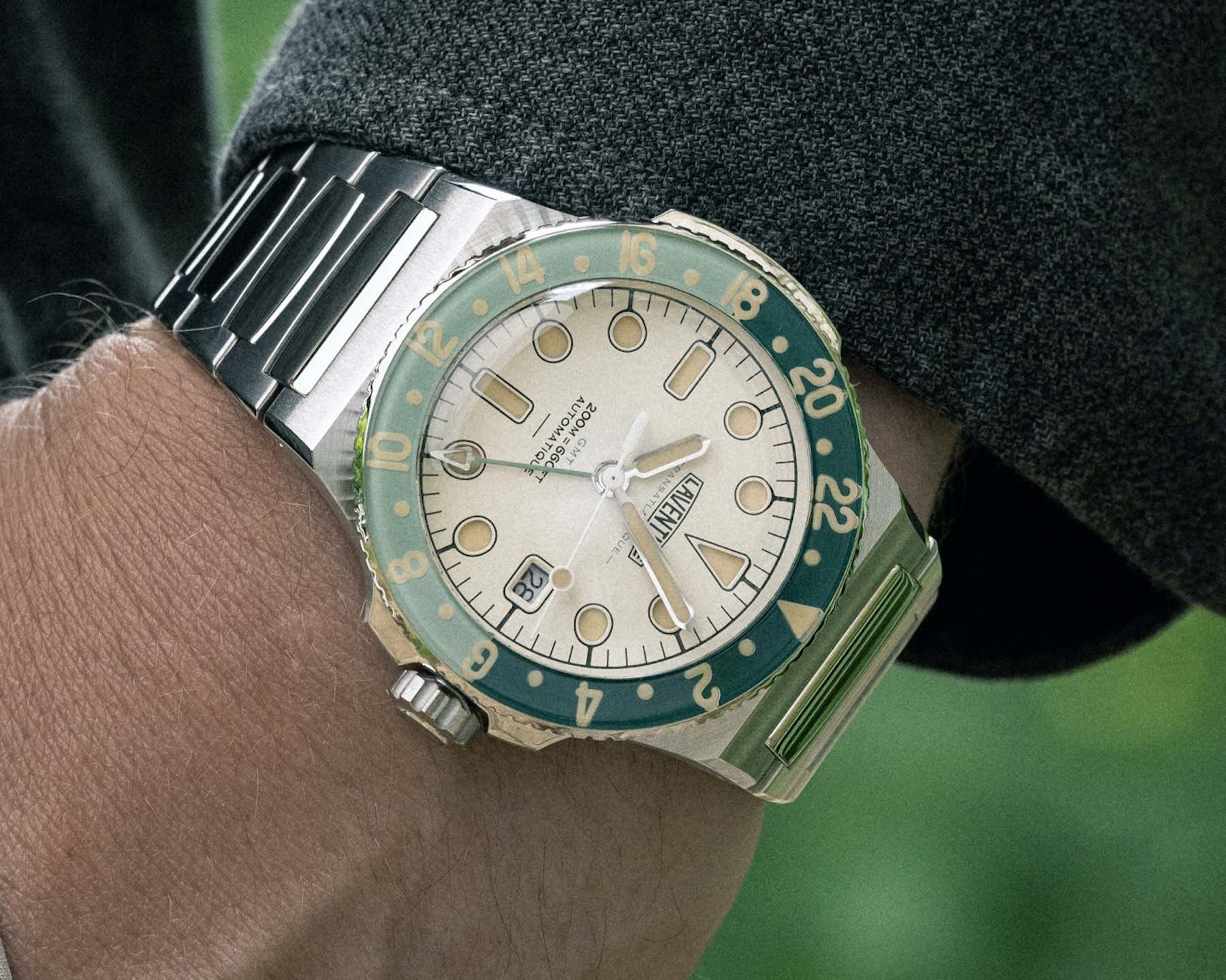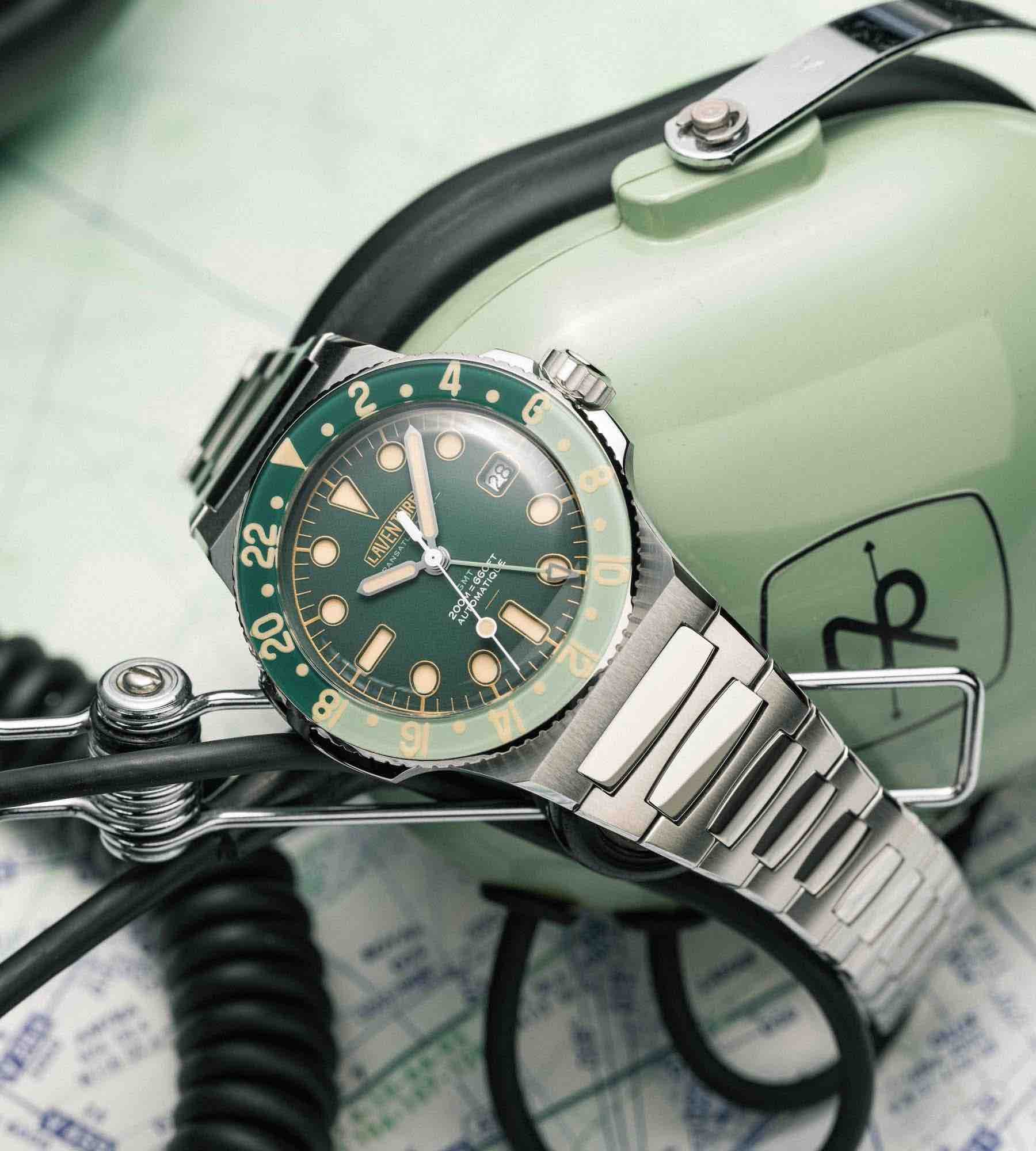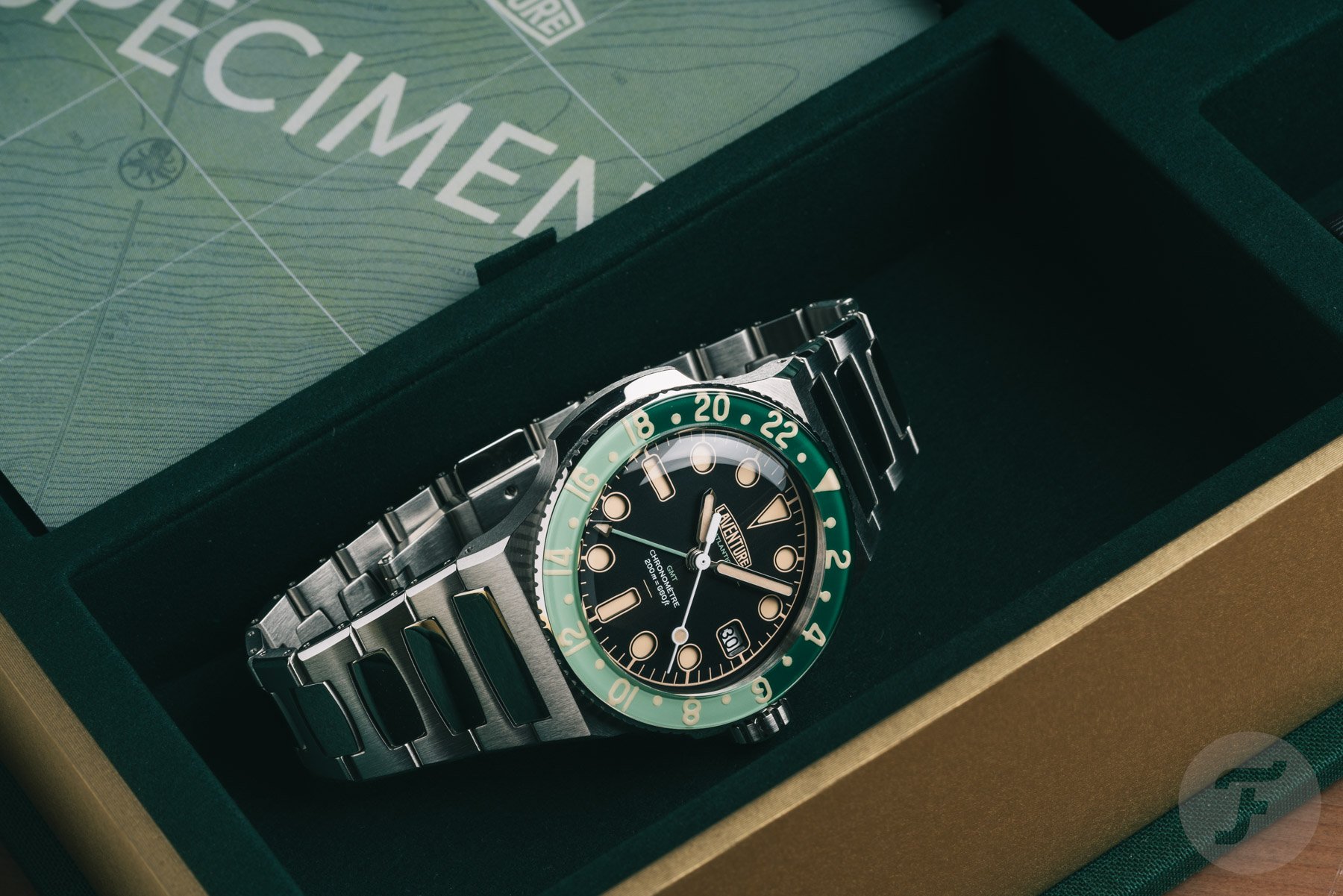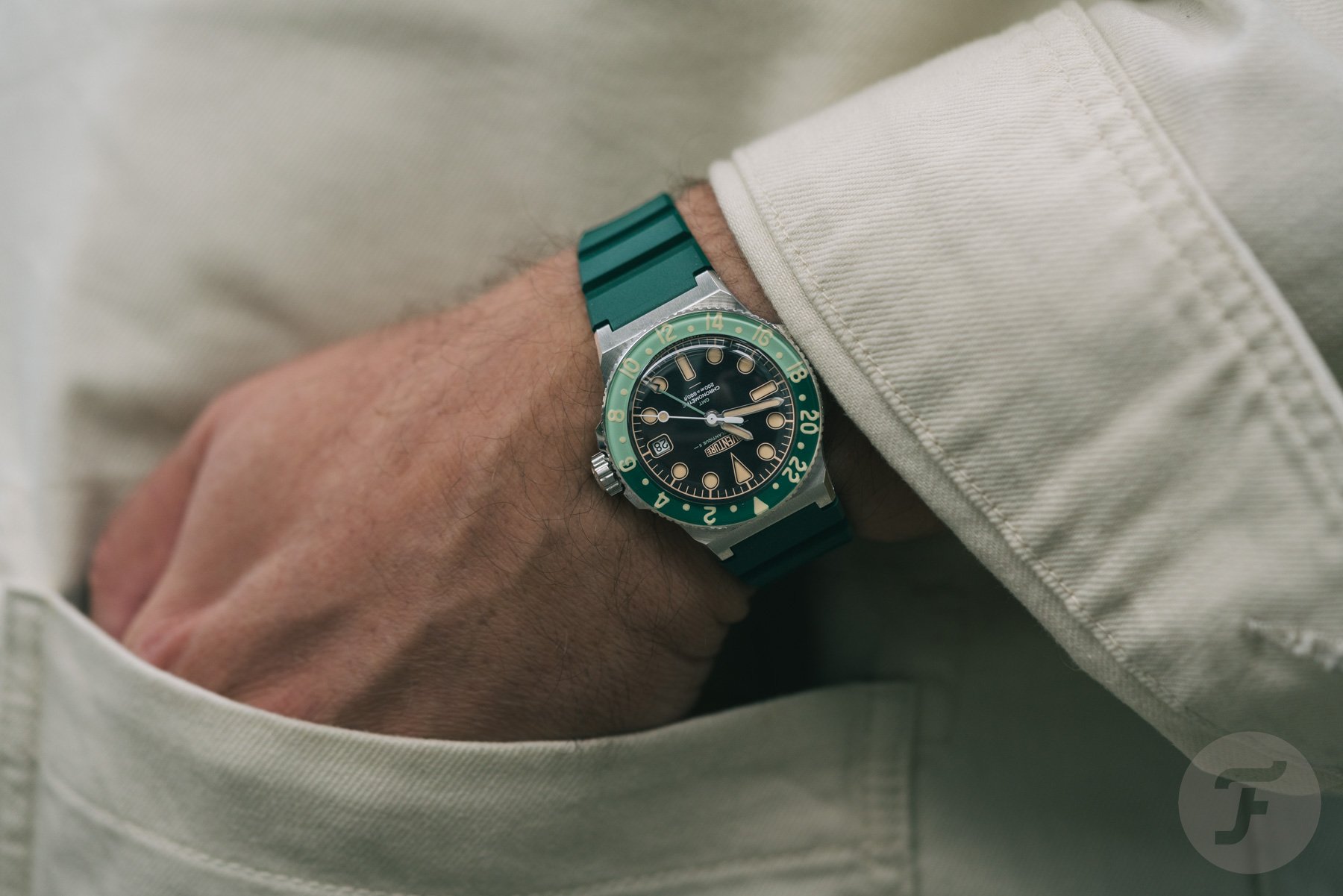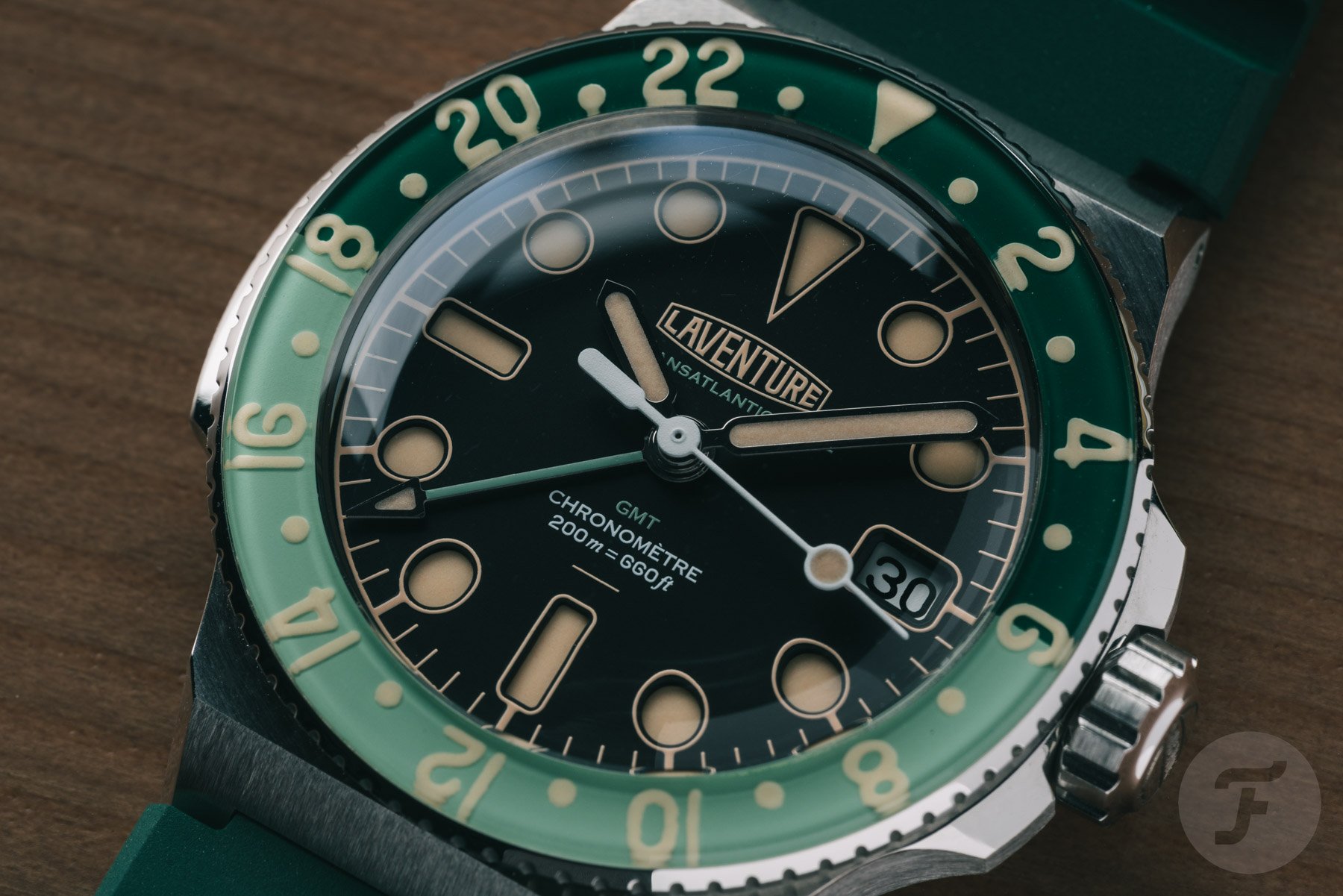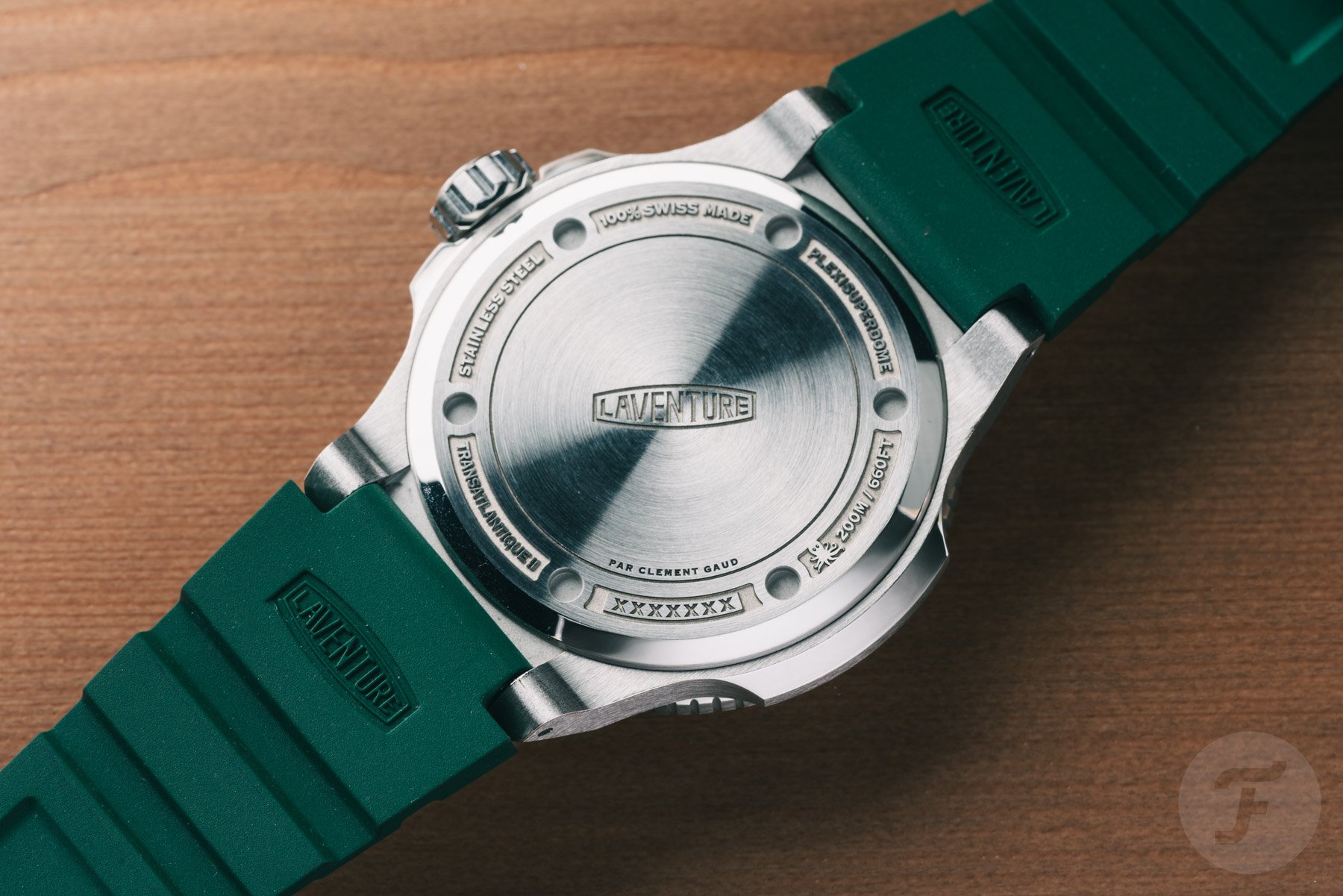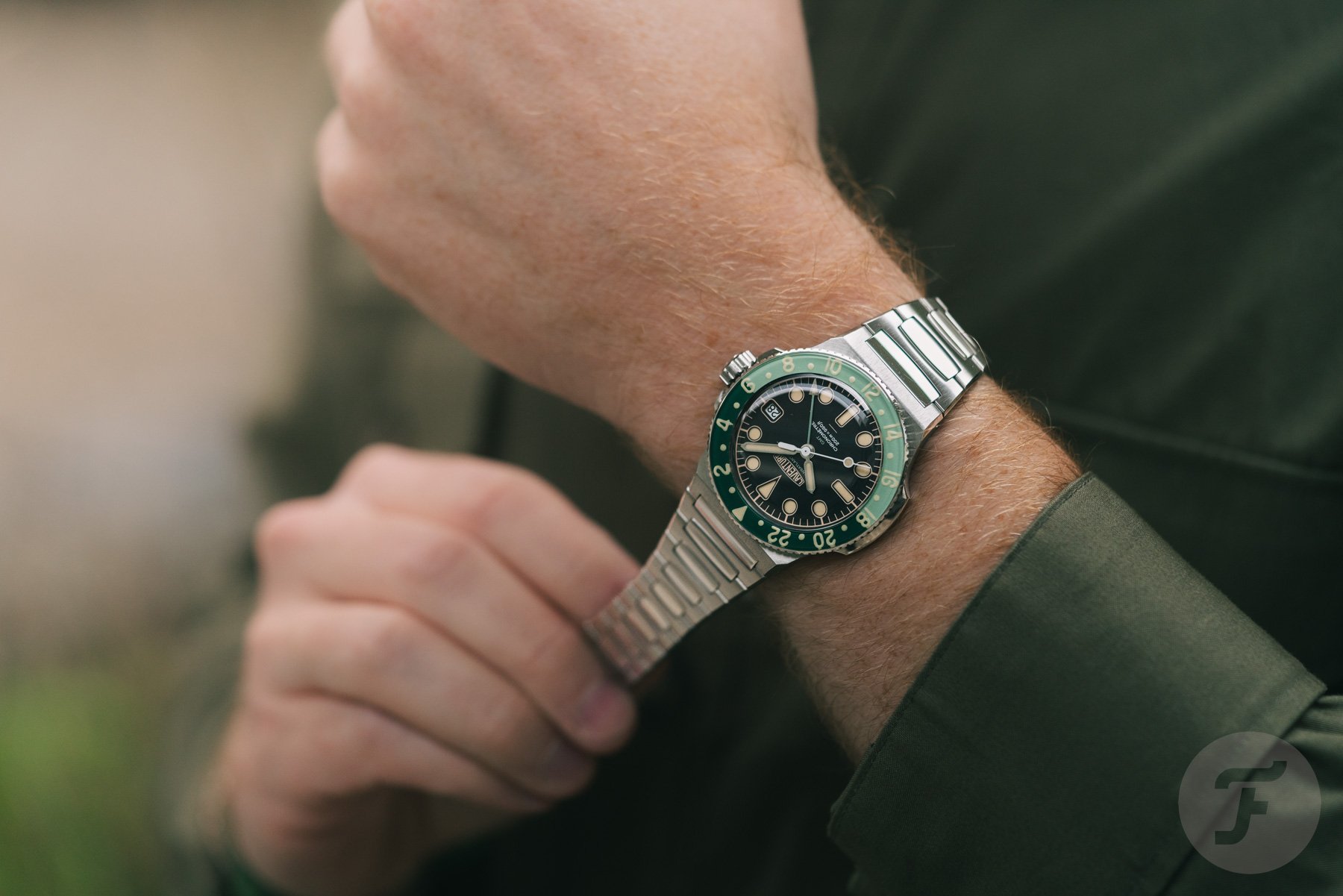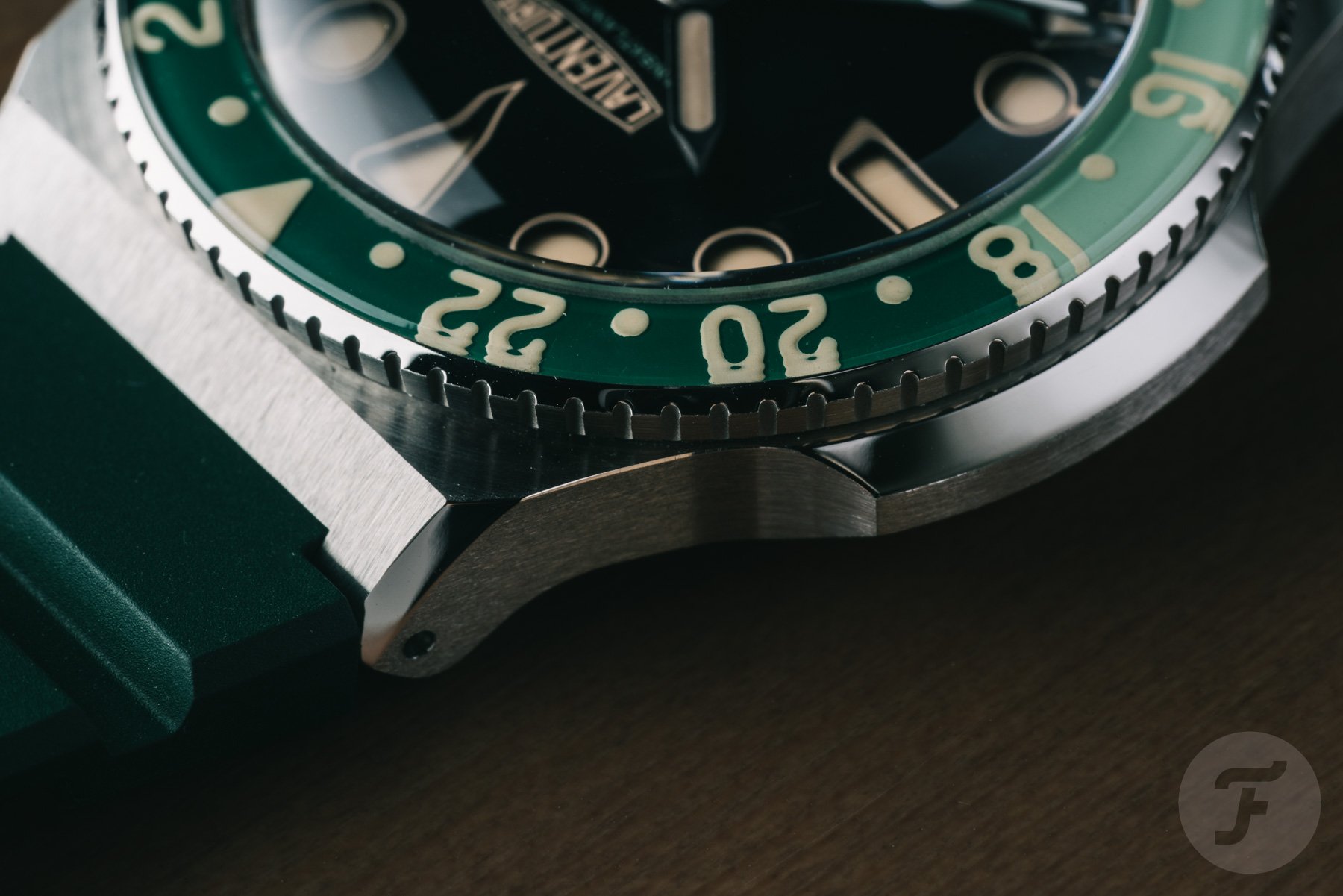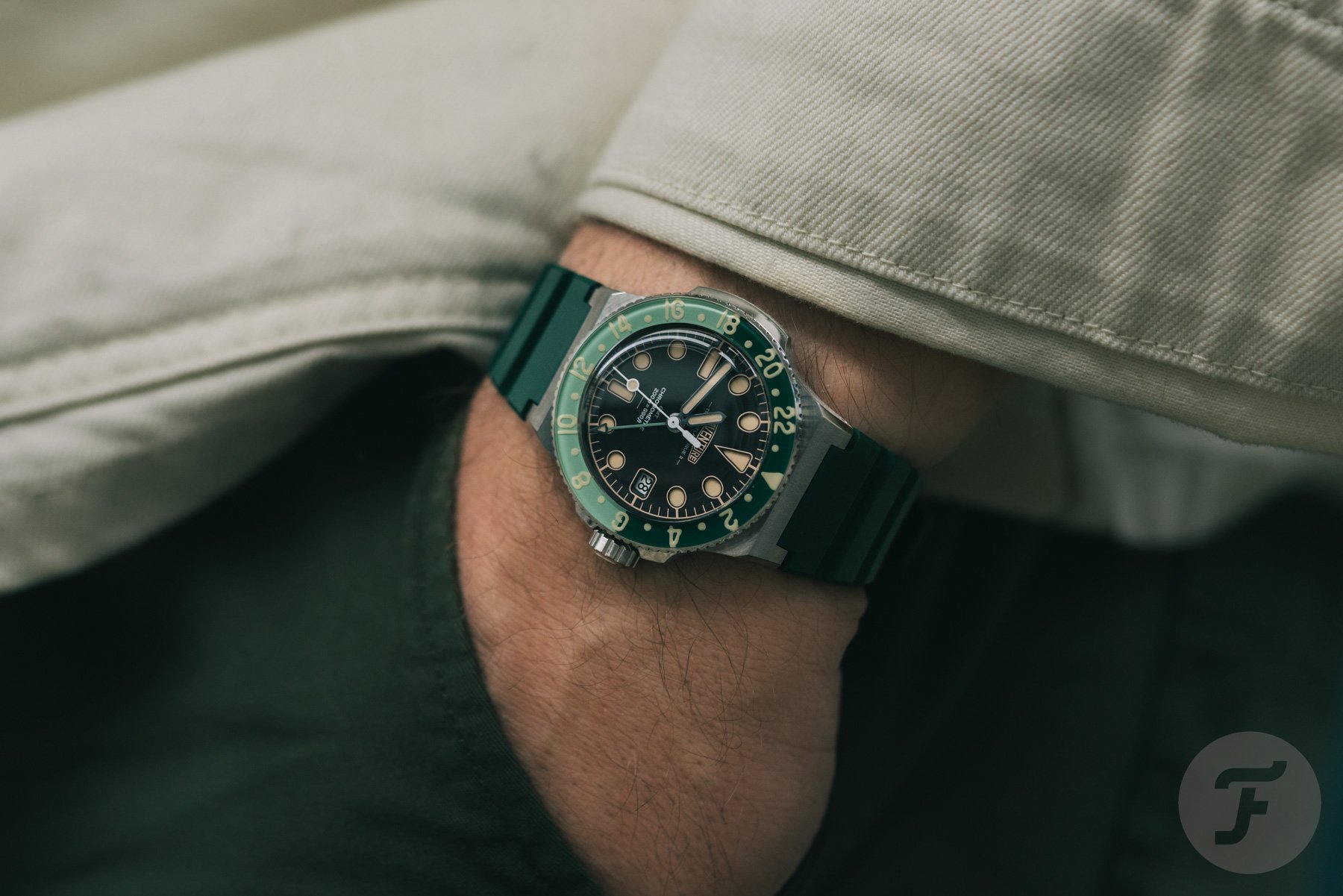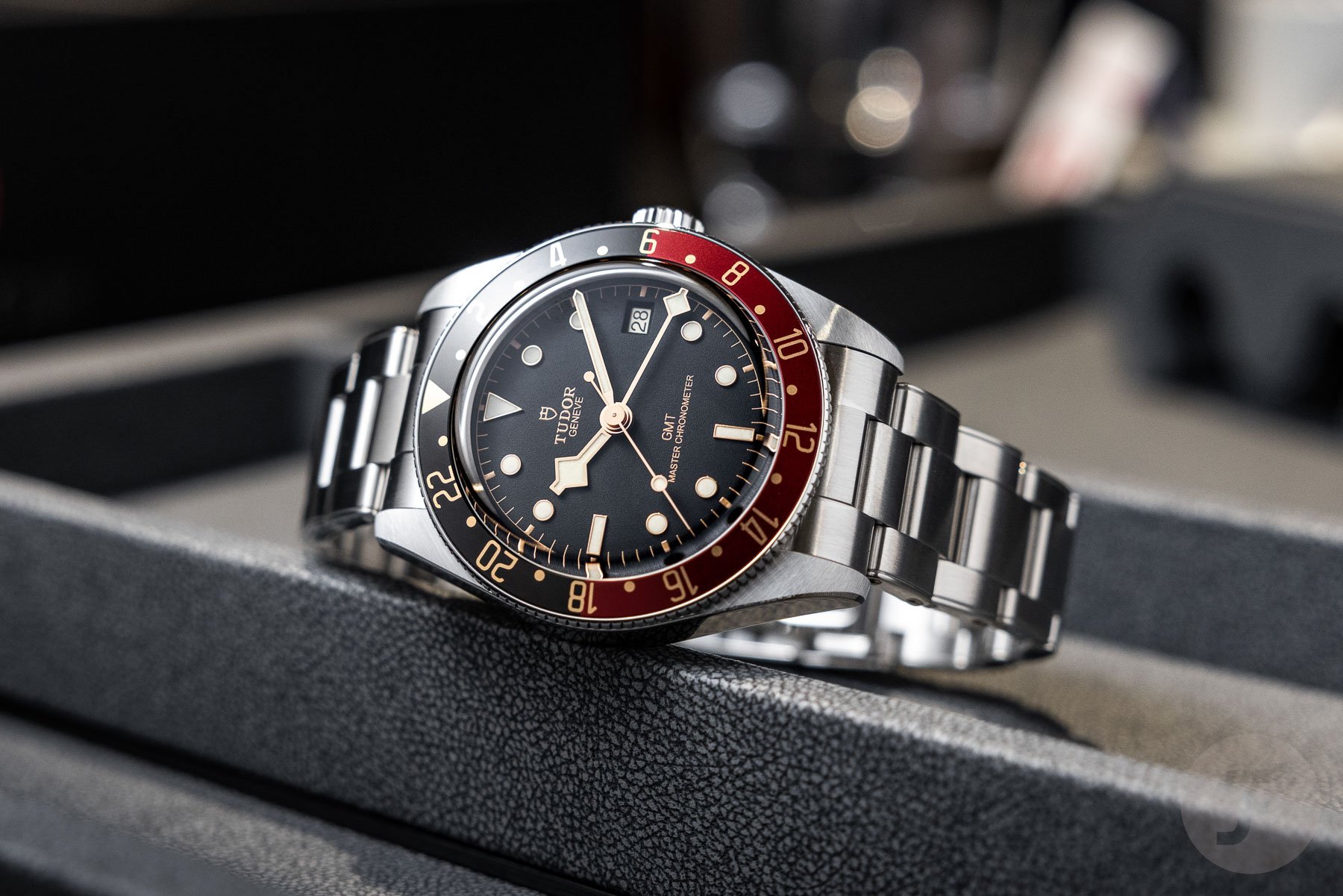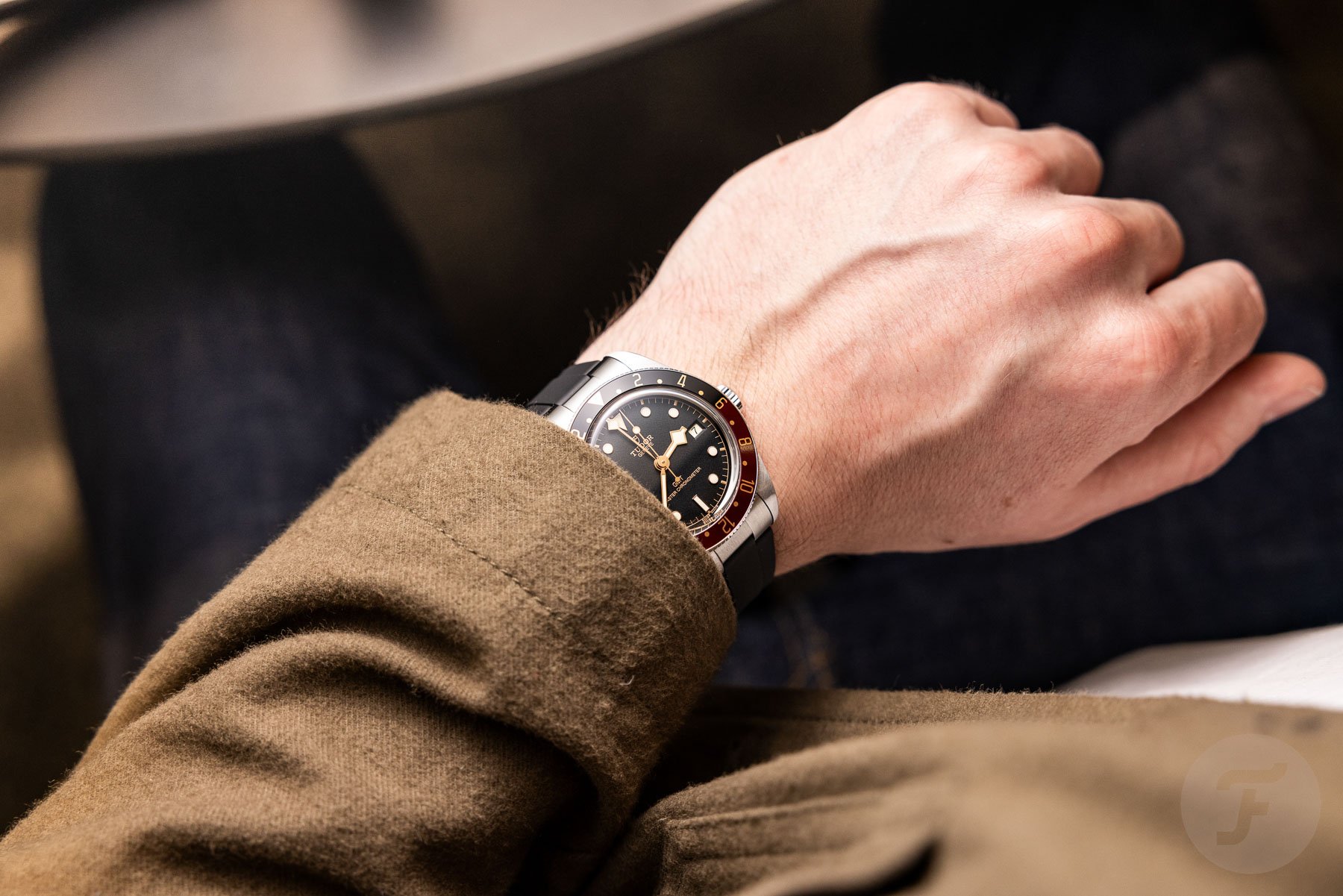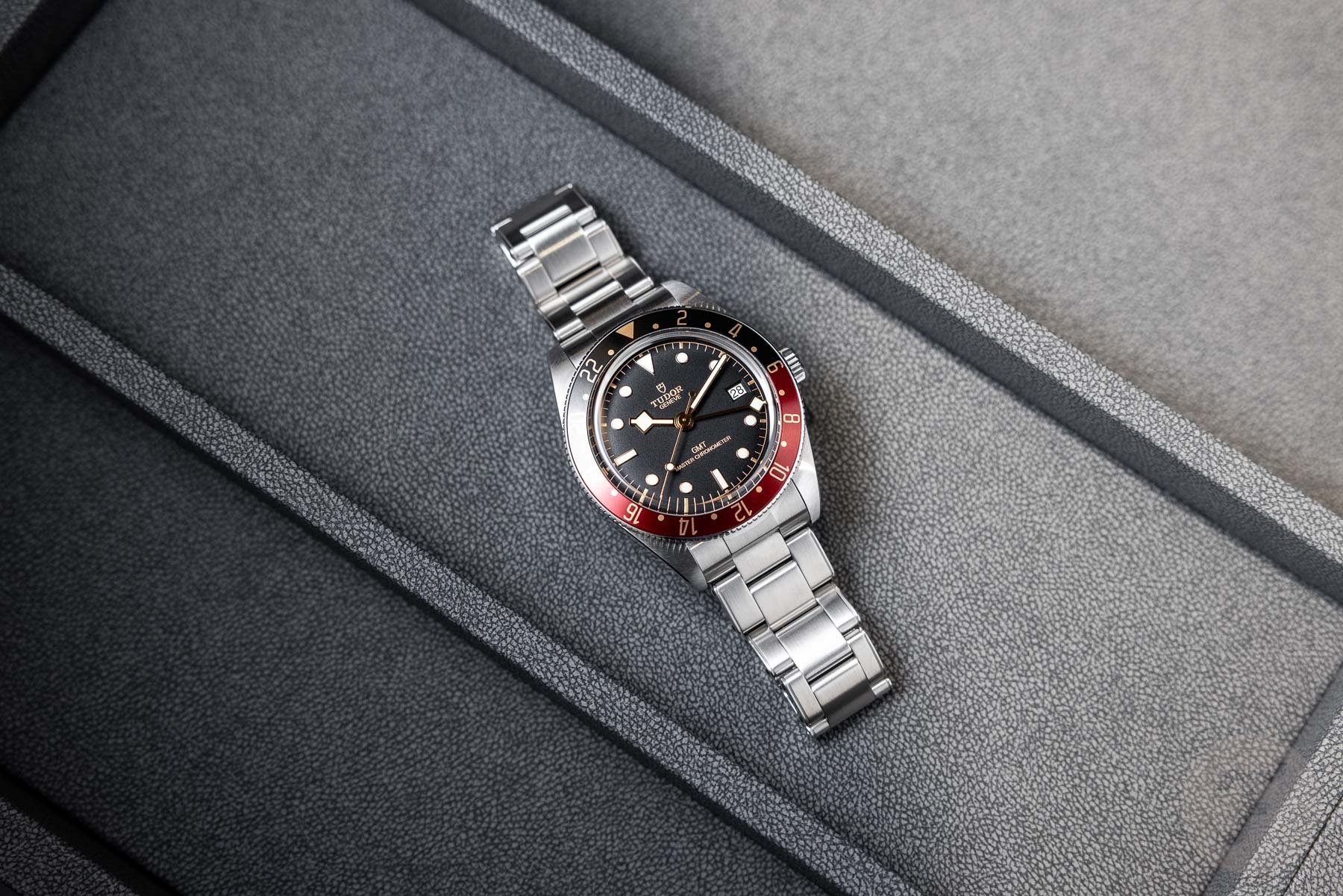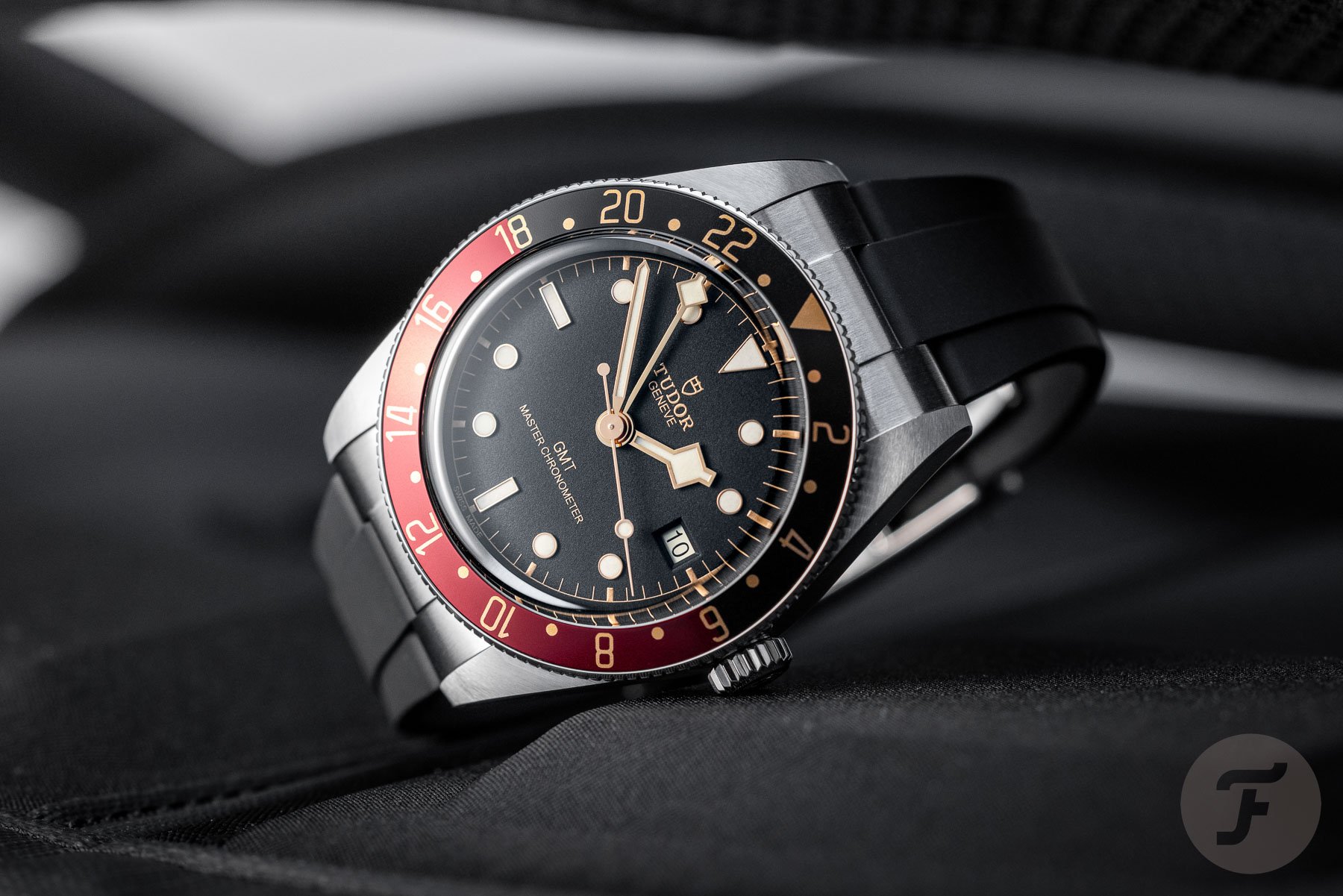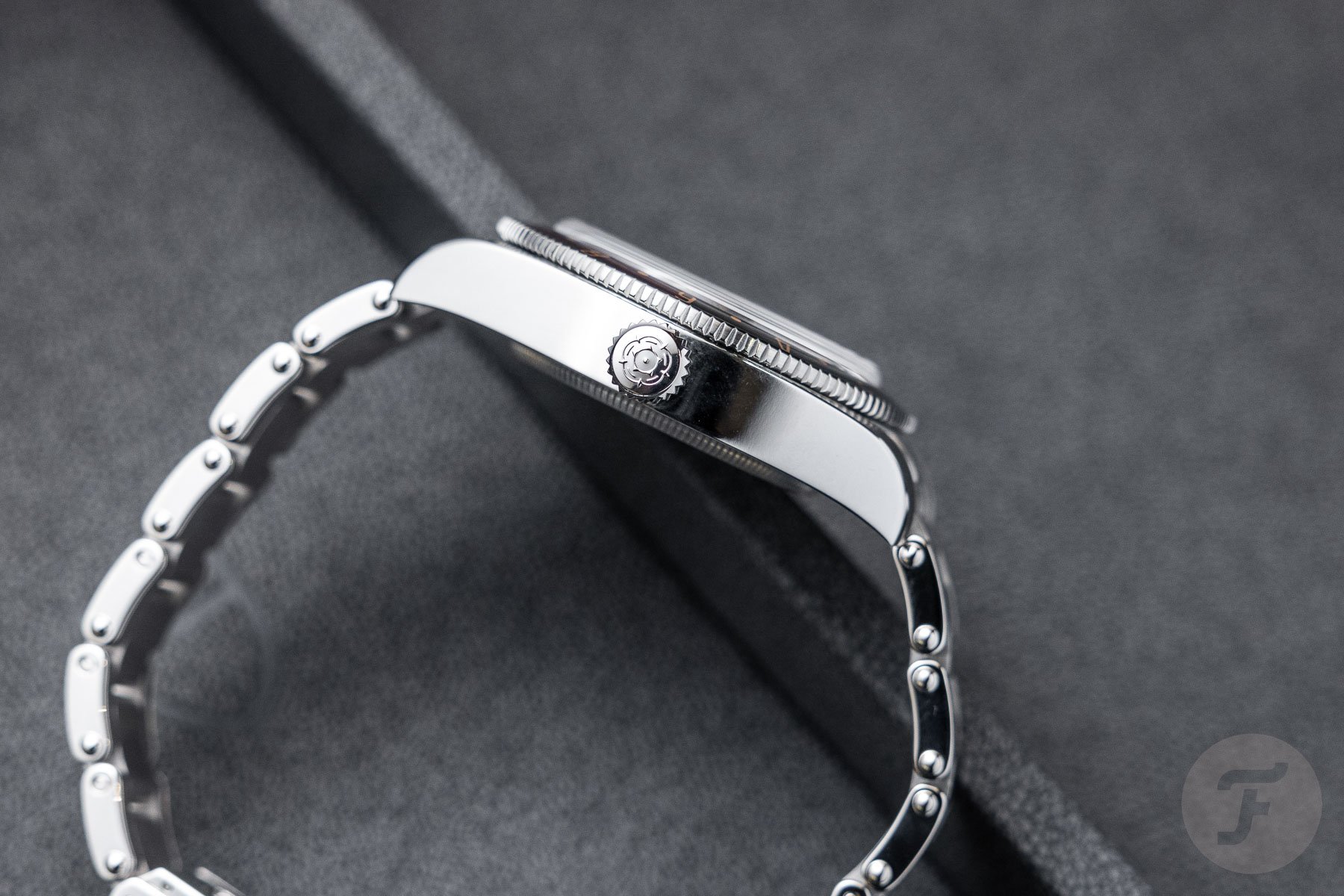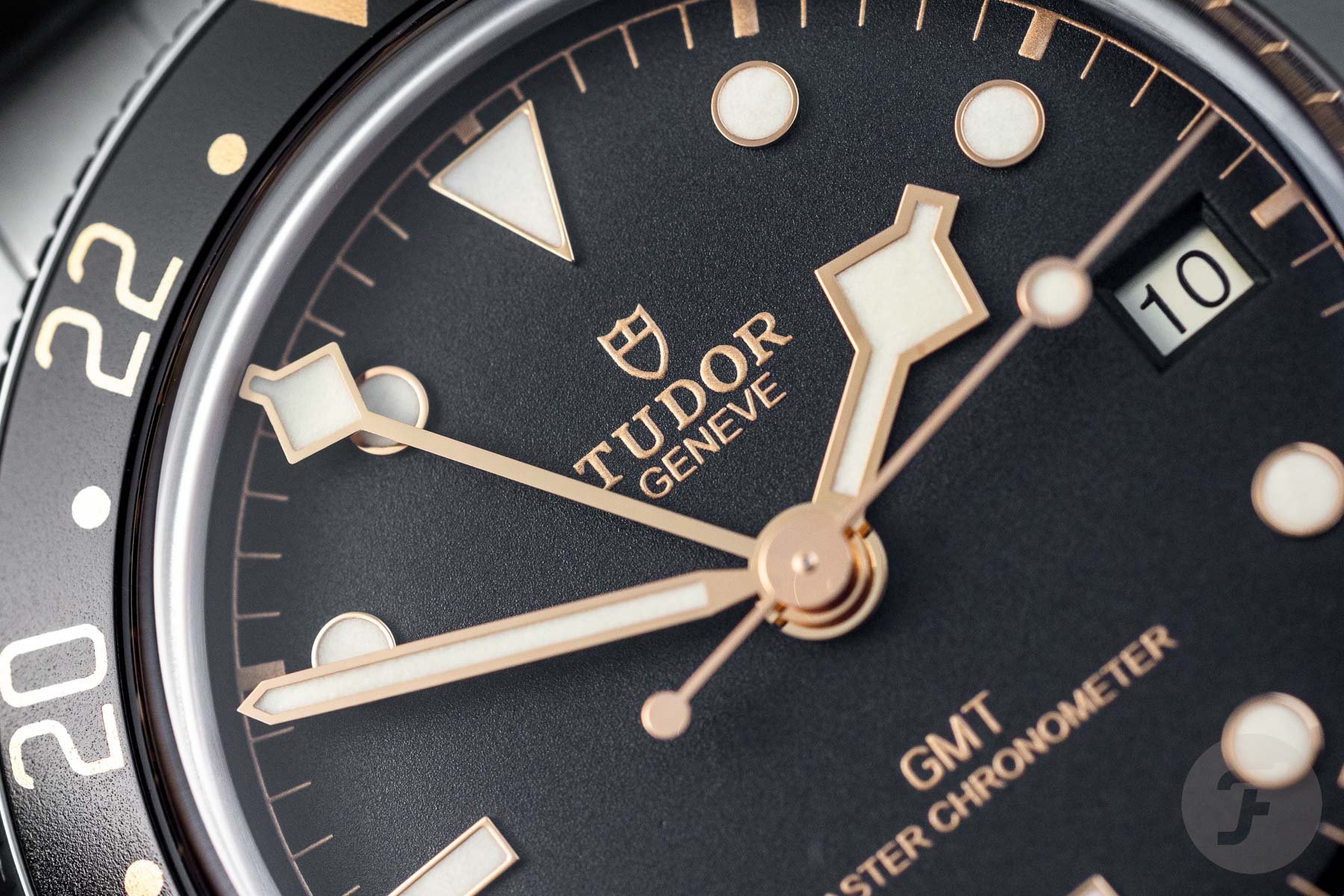Sunday Morning Showdown: Tudor Black Bay 58 GMT Vs. Laventure Transatlantique II GMT
Welcome back to Sunday Morning Showdown, your steady diet of weekly watch duels. This time, Jorg and Mike battle it out with a pair of vintage-inspired GMTs. But which does it best? Will it be the impressive Tudor Black Bay 58 GMT that came out earlier this year during Watches and Wonders? Or will the popular Laventure Transatlantique II GMT take the GMT crown? You get to decide which one wins this battle of the travel watches!
After last week’s battle of retro-futuristic timepieces, it’s time to return to Earth and focus on two traditional GMTs with strong retro vibes. The Tudor Black Bay 58 GMT is the first GMT version of the popular Black Bay 58 series. It introduces the complication to the BB58 lineup and was the first proof that Tudor can create a slimmer GMT watch. The Laventure Transatlantique II GMT is the second version of the young brand’s popular GMT. With a smaller case, an updated design, and a different movement, this new version further perfects the Transtatlantique. But will the more expensive Laventure be able to take out the fan-favorite Black Bay? Let’s find out!
Last week, on Sunday Morning Showdown…
But before we hand it over to Jorg and Mike, let’s take a look at last week’s Sunday Morning Showdown. In last week’s battle, the Girard-Perregaux Casquette 2.0 took on the Amida Digitrend, and to say it was an easy win for the Casquette is an understatement. The titanium reissue of Girard-Perregaux’s famous classic from the 1970s won with an impressive 74% of the votes, leaving the Amida with only 26%. Reading through the comments revealed that many of you do not feel comfortable with either of these designs. That’s why we won’t spend too much time discussing the win. It’s over to Jorg and Mike to make their cases for two inherently more traditional watches that will undoubtedly be more up your alley, Fratelli!
Jorg: Laventure Transatlantique II GMT
I must admit, Mike, I have a huge soft spot for Laventure. From the moment the first version of the brand’s Transatlantique GMT was released, I fell in love with its style. I had the pleasure of checking out Clément Gaud’s earlier creations. While the Marine and the Sous-Marine were promising releases, the first Transatlantique GMT showed the full potential of the brand’s style. Though the design finds its roots in the familiar aesthetics of Patek Philippe and Rolex, brand founder Gaud managed to find an unmistakable charm that quickly won people over. I have explained that I generally don’t live with watch regrets, but not buying that first Transatlantique GMT when I had the chance is one of the few.
I fell head over heels for that vintage GMT-Master-inspired aesthetic. And yes, that is how I look at it. People love to bring up visual references to Patek Philippe, but the dial and bezel are more in the realm of the classic GMT-Master ref. 1675 than any Patek Philippe. And a reference to my favorite GMT of all time is the ultimate flattery. On top of that, Gaud made sure that he added more to the design than just an overall look and feel rooted in one of the industry’s greats.
An updated Transatlantique based on the same aesthetics
I can try to rationalize the feeling I get when I see that first Transatlantique GMT, but it would never tell the full story. My love for the watch is far more than just the sum of its parts, so explaining it would be tough.
However, among the many details that impressed me were the sandwich dial with the oversized hour markers, the use of two distinct shades of green for the bezel, the color and size of the bezel’s numerals, and the green and white dial colors. I also loved the simple but beautiful logo, the white seconds hand, the light green 24-hour GMT hand that contrasts enough to stand out but blends in perfectly with the overall aesthetic, the typography in style, color, and size, and the way the minute track connects to the hour markers.
I could go on, but the overall aesthetic impressed me the most. It shows the great attention to detail that went into creating the two initial Transatalantique GMT models, which came out in 2020. They proved the perfect canvas for the new Tranatlantique II GMT that debuted earlier this year.
Gaud decided to use the basic principles of the first version but rebuilt the second version from the ground up. It starts with a completely redesigned case, which he reduced from 41mm to 39mm for that true vintage feel. Thanks to the improved ergonomics, the case is also thinner and more comfortable on the wrist. He also optimized the ultra-comfortable, well-made bracelet to fit the case. As Daan explained in his review, when experiencing it up close, it turned out to be an impressively made watch.
A new dial color for the Transatlantique II GMT
Gaud also changed the dial color for the green model to matte black rather than dark green or cream. If there is one minor “issue” with the new Transatlantique II GMT, it’s the black dial. It provides a crisper overall feel, but I prefer the first iterations’ dial colors because they gave the watches a distinct twist. Gaud also added two brown-dial models in steel and a combination of steel and gold that have sold out. The Plexiglass bezel was also redesigned with updated numerals that feel sharper. The domed Plexiglass crystal that covers the dial has stayed to increase the vintage feel.
Hidden behind the simplified case back — okay, another element that I liked better on the first iteration is the beautifully engraved case back — is the highly modified Sellita SW330-2. The caliber is a COSC-certified chronometer that operates at 28,800vph and offers 56 hours of power reserve. While the movement looks beautiful and is a reliable powertrain for the watch, it is also where many issues lie.
The combination of the caller-style GMT movement and the CHF 4,650 price before VAT on the stainless steel bracelet is steep. If I add the 21% Dutch VAT and convert the price to euros, it comes to a little more than €6,000. That is some serious cash; I acknowledge that, Mike. I could defend it by stating that the build quality is exceptional and that you get a special watch that isn’t produced in mass quantities. When you have it on your wrist, you can see and feel that it’s more impressively made than the Tudor.
Putting a price tag on something you love
But in the end, the list price makes the Laventure significantly more expensive than the Tudor Black Bay 58 GMT. You can save €1,400 and get the Tudor at €4,670, and you will get a Master Chronometer flyer-style GMT movement. I do understand if people choose the Tudor for that simple reason. But the world of watches is not about ticking boxes on a spec sheet. I admit, the spec sheet goes far. But when you love a watch as much as I love the Laventure Transatlantique II GMT, the rational alternative is never one to go for. That’s why I will always pick the Laventure Transatlantique II GMT over the Tudor Black Bay 58 GMT.
When it comes to Tudor, some of the Fratelli will know that the Black Bay Pro is my favorite GMT that Tudor produces. That will always be the first Tudor pick for me. And with the slimmer Black Bay 58 GMT showing Tudor’s capabilities, my hope for a less chunky Black Bay Pro is very much alive. Funnily enough, the Black Bay Pro is another watch that ignites the same feelings as the Laventure Transatlantique II GMT.
And those feelings make the Black Bay 58 GMT simply not an option for me. You might have expected me to attack the Tudor a bit more, Mike. But other than the gilt-tone decorations, there is not much that I do not like. It is indeed a very good watch. However, in a world full of good watches, I would love to be won over by something more than that. And that’s exactly what the Laventure does. That’s why I would pick it over the Tudor every time. Sometimes, things are that simple. But I’m sure you have your thoughts on the matter, Mike.
Mike: Tudor Black Bay 58 GMT
Well, Jorg, it’s as if you wrote my part for me with your summation of the Black Bay 58 GMT! Let’s take a step back, though, and discuss the Laventure Transatlantique II GMT. Laventure makes a nice watch, and it’s even more impressive that it is from a small independent brand. Heck, the fact that we’re pitting it against a Tudor speaks volumes. They’re nice watches and I recall thinking this when seeing a similar non-GMT model. So, why would I choose the Tudor over the admittedly uncommon Laventure?
The Black Bay 58 in any guise has always been a great watch. Let’s face it; these pieces are as close as we’ll ever get to the Rolex of old. They lack ceramic bezels, are nicely sized at 39mm, and are fairly priced. Call the shapes boring and familiar at your peril because these watches possess something the Laventure doesn’t — staying power.
Great looks
It’s hard to fault the overall aesthetics of the Black Bay 58 GMT. It’s familiar, but the gold details mixed with the red and black aluminum bezel always look sharp. A matte black dial with ample white Super-LumiNova stands out with a mix of retro and modern details.
A classic shape
The Tudor has a classic shape that will never get old. The Laventure, on the other hand, strikes me as a watch that’s trying to be different. It comes off well, but it loses its luster after the honeymoon period lapses. In fact, it reminds me of a microbrand watch. The Tudor, while it takes a lot from Rolex, is a watch that works well in all situations. As an owner of a non-GMT 58, I can attest that the watch feels like the kind of watch that’s always worth grabbing.
A better case — finally
Undoubtedly, the Black Bay 58 has the Tudor trait of slab sides. However, with a thickness of just 12.8mm, it’s far less pronounced than on the larger models. Plus, with a lug-to-lug measurement of 47mm, it’s perfect on any wrist. When it comes to the wearing experience, rubber is an option, but the riveted Oyster bracelet works best with the case. The high-quality bracelet stands out in this class where others fail.
A movement that impresses
The Tudor uses the Kenissi MT5450-U automatic with a Master Chronometer certification. Importantly, it ticks the magic box of offering a flyer complication. The Laventure, on the other hand, makes do with a caller GMT movement from Sellita. Frankly, I think the distinction between the two styles is overrated, but watch buffs seem to prefer a flyer. If buyers prefer a flyer, then it’s worth noting the price difference between the two.
As Jorg mentioned, the Laventure Transatlantique II GMT on a bracelet costs roughly €6,000, while the Tudor Black Bay 58 GMT on a bracelet is €4,670. That’s a significant difference, and if one ultimately chooses the Laventure, it’s likely because of cosmetic preferences and relative rarity. For me, the Tudor wins for its looks department, mechanical capabilities, and affordability. Which watch will you vote for and why? Cast your vote, and let us know in the comments section below.

